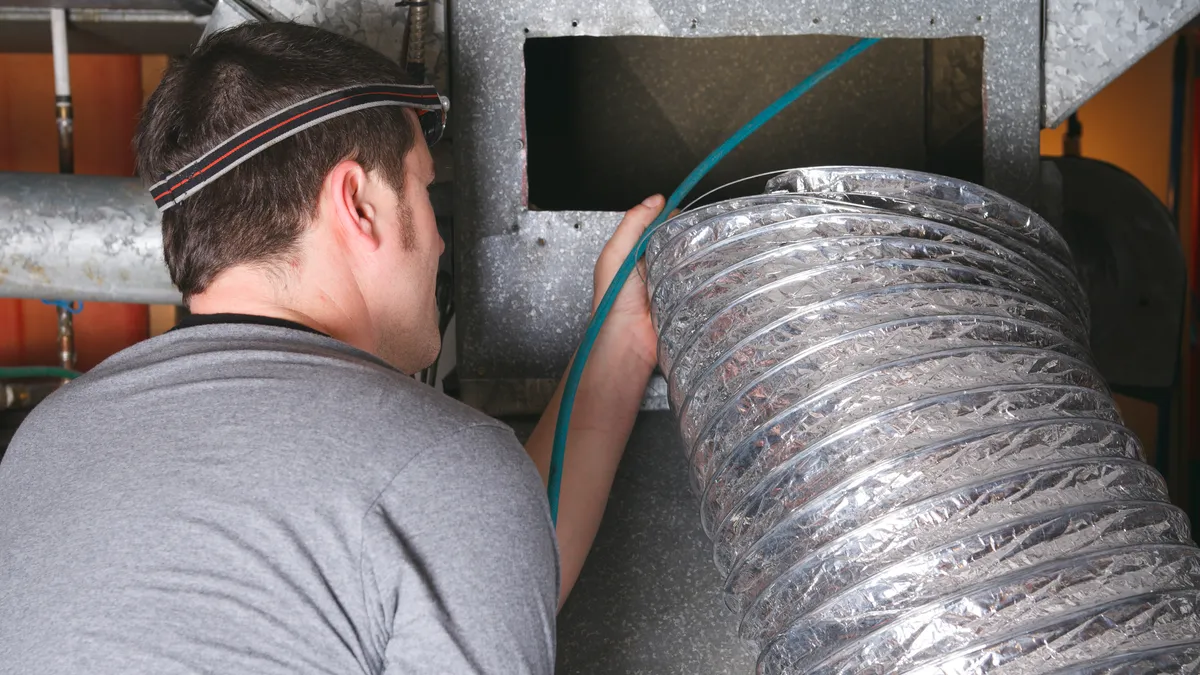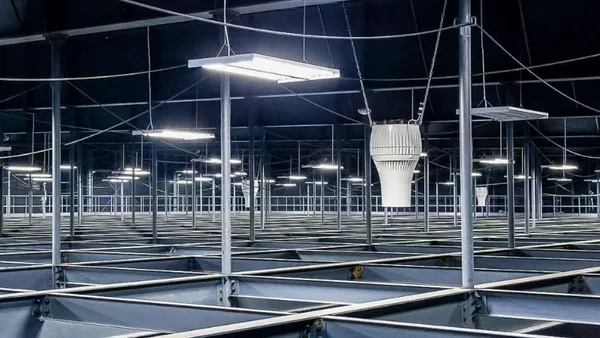The U.S. Department of Energy on Tuesday announced about $43.2 million for 21 projects focused on developing technologies deemed essential for reducing energy use and greenhouse gas emissions across industrial subsectors.
Out of this funding, DOE allocated $38 million for 16 projects targeting cross-sector technologies, while an additional $5.2 million would support five projects chosen in partnership with the Electrified Processes for Industry without Carbon Institute, it said in a news release. The 16 selected projects focus on three topic areas: electrification of industrial heat, efficient energy use in industrial systems and decarbonization of organic wastewater and wet waste treatment, the department said.
“We expect that over 60% of carbon reductions in the industrial sector will come from technologies that are not [yet efficient to fully offset their emissions] under the Inflation Reduction Act or that will require additional research and development, so the investments in this funding opportunity — and many more investments in the coming years — are critical to closing that gap,” Avi Shultz, director of the DOE’s Industrial Efficiency and Decarbonization Office, said in an interview.
These projects are expected to have implications for operators of commercial and industrial buildings, according to Shultz. To that end, the IEDO is working closely with DOE’s Buildings Technologies Office to promote decarbonization and energy efficiency in industrial buildings while facilitating the exchange of innovations between the industrial and building sectors, Shultz noted.
Shultz explained that much of industrial energy consumption relies on fossil fuels, both for process-related energy and non-process uses like HVAC. Alongside energy efficiency and the use of low-carbon fuels, electrification — through advanced electrotechnologies, resistance heating and heat pumps — is a key strategy to decarbonize industrial facilities, Shultz said. Industrial heat pumps, for example, are highly efficient and can cover a broad range of temperature ranges needed for industrial heat demand. These heat pumps “can even pull double duty by simultaneously providing heating in some areas and cooling in other areas, including both process and HVAC applications,” Shultz said.
Energy efficiency projects include advanced membrane solutions for high-temperature heat exchangers, according to the announcement. These innovations can replace “energy-intensive thermal separation processes like distillation and heat exchangers for high-temperature and corrosive environments,” Shultz said.
The University of Maryland, College Park, for example, not only plans to develop a polymer composite heat exchanger for industrial waste heat recovery, but is also investigating heating and cooling applications in a wide range of environments such as data centers, power plants and HVAC systems, Shultz said.
Decarbonizing organic wastewater and wet waste treatment projects include a disinfectant technology aimed at removing nitrous oxide from wastewater and an energy-efficient aeration technology for water resource recovery facilities, DOE said.
These technologies will play a role in shaping future building codes and standards for energy efficiency and sustainability, Shultz noted. “As new technologies advance, it is critical for technology developers to engage with the codes and standards community for industrial buildings early to plan for their path to commercialization and widespread adoption. It’s also the case that new energy-efficient technologies can influence new best practices for sustainable facilities,” Shultz said.
Correction: A previous version of this story mispelled Avi Shultz's last name.















